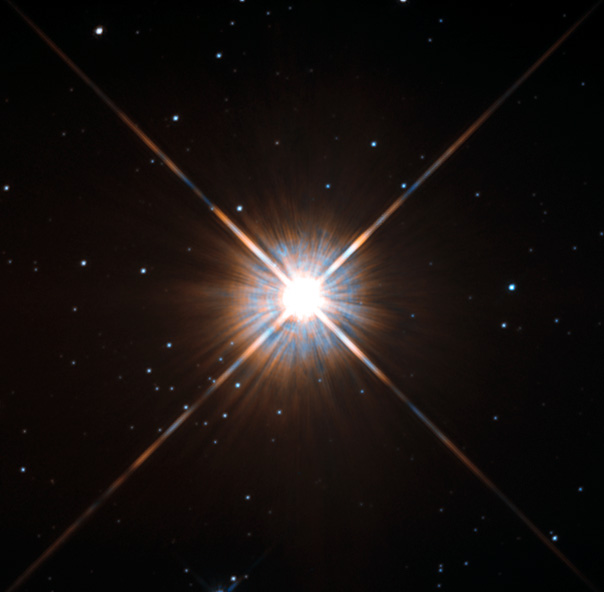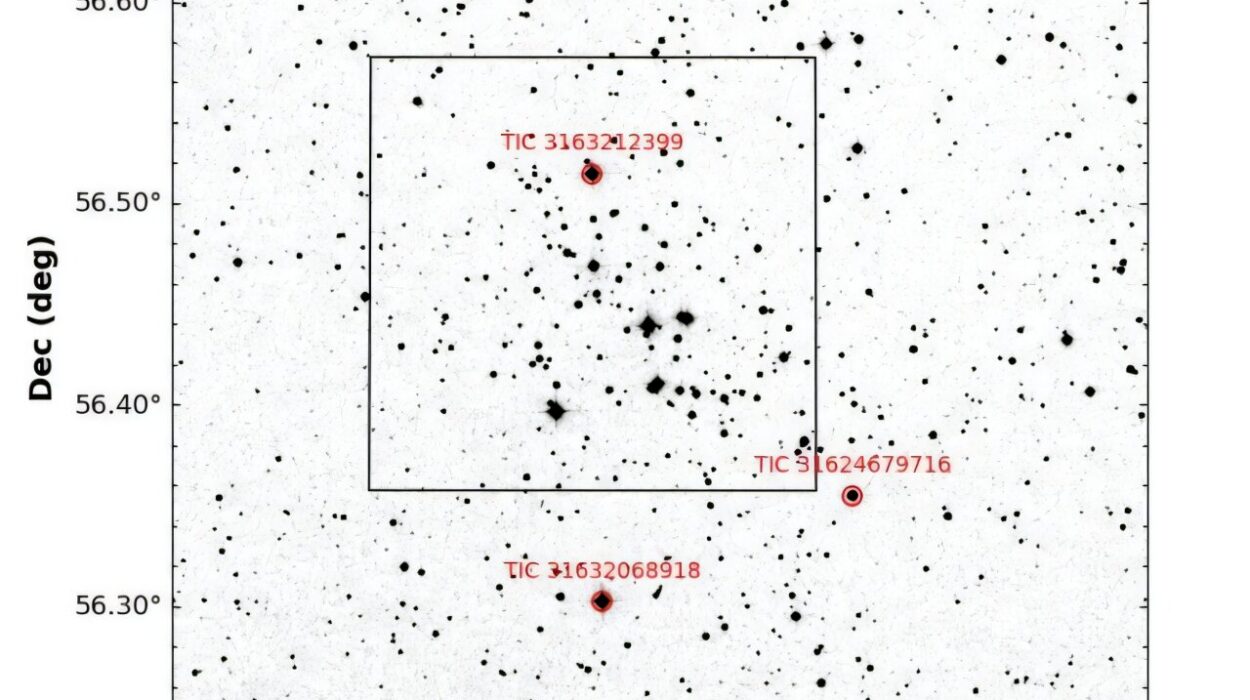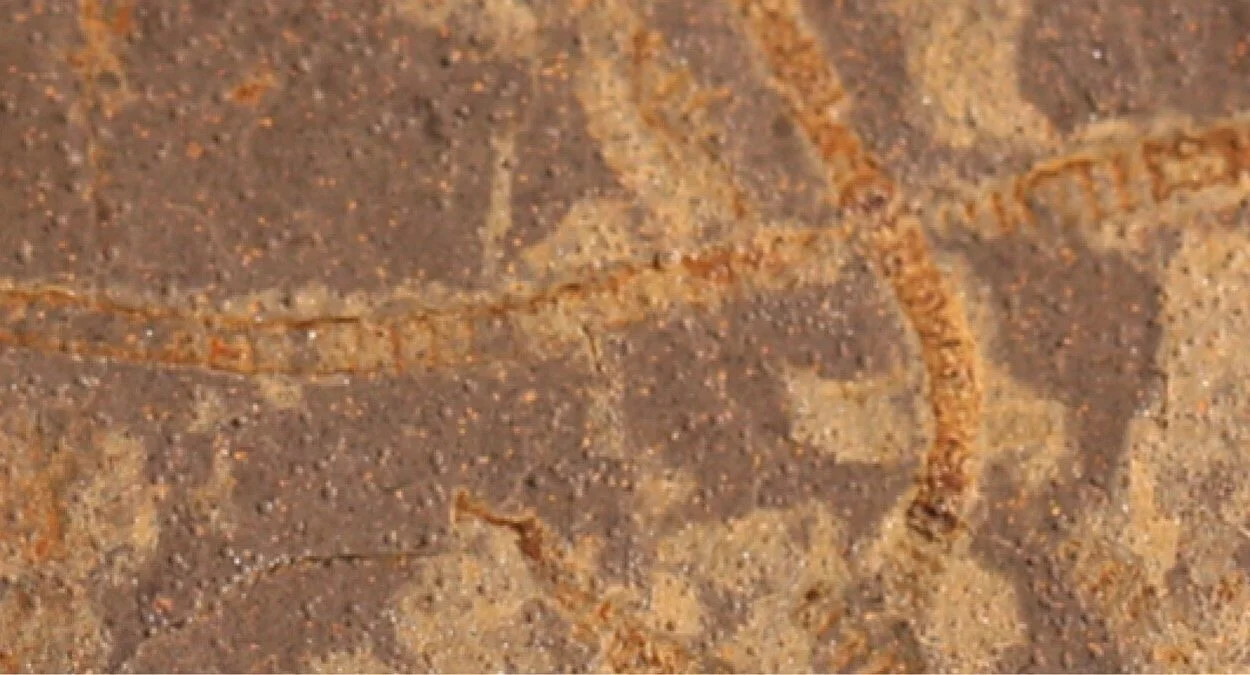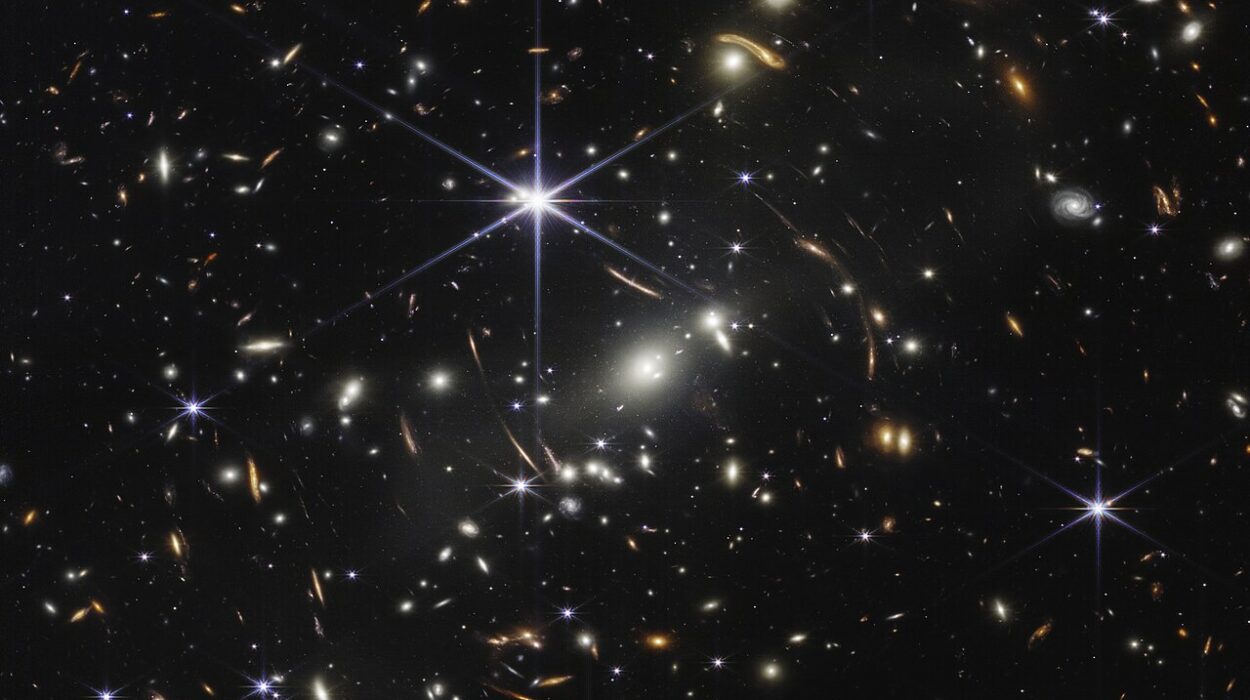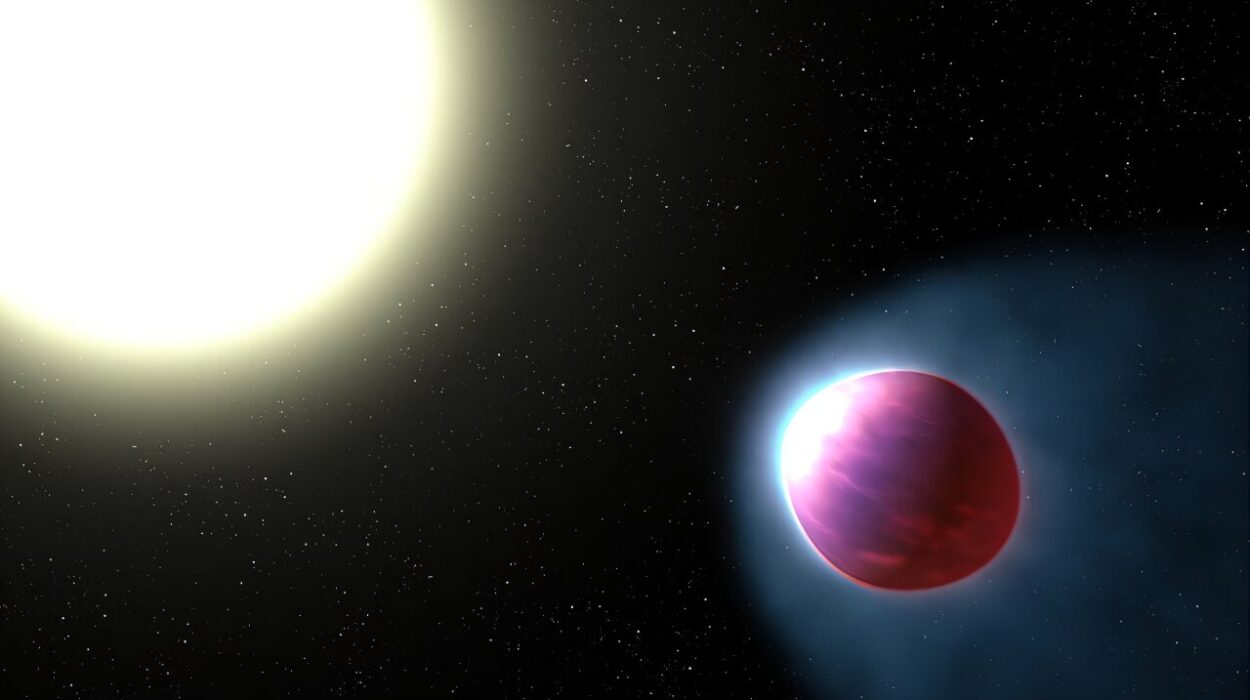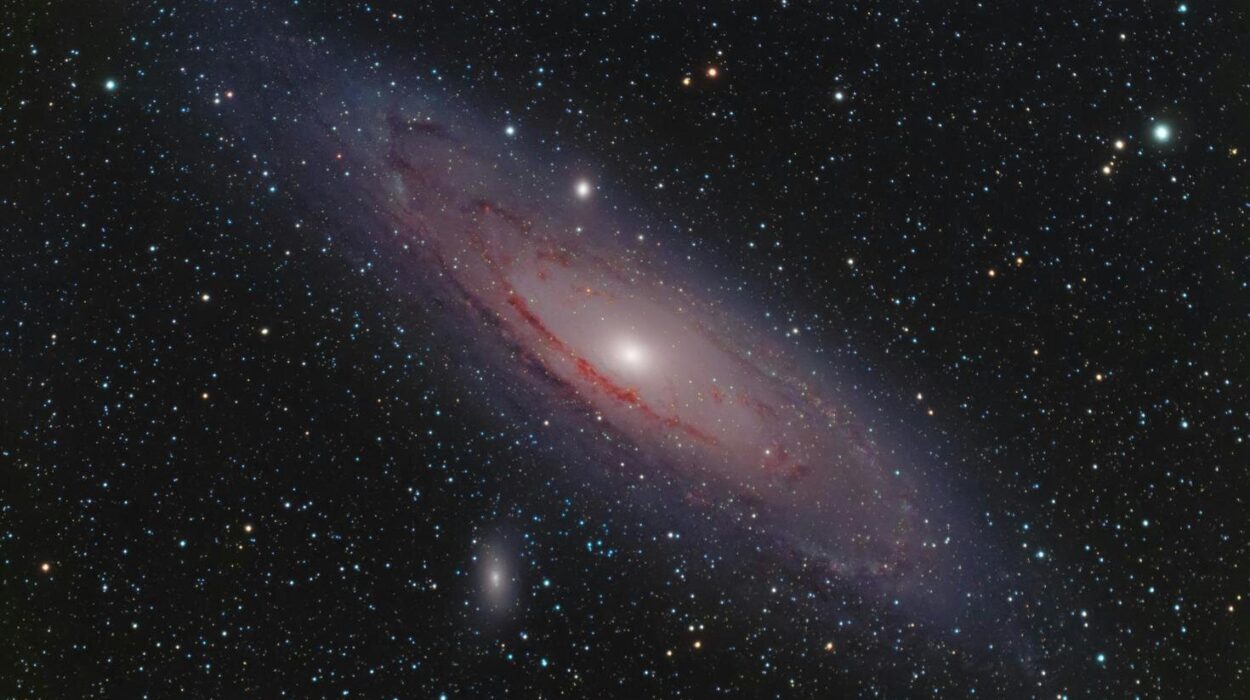When we gaze up at the night sky, we’re peering into a vast ocean of starlight. Some of those twinkling lights are galaxies millions of light-years away, but others are our closest cosmic neighbors—stars not so distant on the galactic scale. While the Sun is obviously our nearest star, what lies just beyond it? What stars are keeping us company in this galactic suburb we call the solar neighborhood?
The stars closest to Earth offer a captivating view into the universe’s diversity. They range from tiny, cool red dwarfs that would be invisible to the naked eye to bright stellar systems like Alpha Centauri that shine prominently in the southern skies. These nearby stars are more than just bright dots—they are entire worlds unto themselves, many with planets, possibly with moons, and maybe even the potential for life.
This article takes you on an extensive journey through the nearest stars to Earth, exploring their physical properties, what makes them special, and why understanding our stellar neighbors is crucial to our place in the universe.
Proxima Centauri: The Nearest Star Beyond the Sun
The title of “the closest star to the Sun” belongs to Proxima Centauri, a dim red dwarf star located approximately 4.24 light-years away from Earth. Discovered in 1915 by Scottish astronomer Robert Innes, Proxima Centauri has remained hidden from human eyes for millennia, despite being the closest star. Its low brightness—about 0.17% the luminosity of the Sun—makes it invisible to the naked eye, even on the clearest nights.
Proxima Centauri belongs to the Alpha Centauri system, which also includes Alpha Centauri A and B, forming a gravitationally bound triple system. But Proxima orbits at a great distance from the other two, taking hundreds of thousands of years to complete a single orbit.
What makes Proxima Centauri particularly fascinating is the presence of at least two confirmed exoplanets, including Proxima b, which lies within the star’s habitable zone—the region where liquid water could potentially exist. Despite its location in this Goldilocks zone, Proxima b’s prospects for habitability are questionable. Red dwarfs like Proxima are notorious for intense stellar flares and radiation, which could strip any atmosphere from a planet.
Nonetheless, the existence of planets around the nearest star kindles excitement among scientists and the public alike. If interstellar travel ever becomes possible, Proxima Centauri would likely be our first destination.
Alpha Centauri A and B: A Twin Star System Just Next Door
Just a little farther out at 4.37 light-years, we find the binary stars Alpha Centauri A and Alpha Centauri B. These two stars orbit each other in a dance that takes about 80 years to complete. From Earth, they appear as a single bright point of light to the naked eye, but telescopes reveal the binary nature.
Alpha Centauri A is a G2V-type star, the same classification as our Sun, with a slightly larger mass and brightness. Alpha Centauri B is a K-type star, a bit smaller and cooler than the Sun. Together, they form a duo that has long fascinated astronomers.
This binary system is perhaps our best shot at detecting an Earth-like planet around a Sun-like star, simply because of its proximity. Several planet-hunting missions have searched the system, and while some claims have been controversial or inconclusive, efforts continue.
Because Alpha Centauri A and B are both relatively stable stars, free from the extreme flare activity of red dwarfs, they remain attractive targets in the search for habitable exoplanets. If Earth-like conditions exist elsewhere in the galaxy, it wouldn’t be surprising to find them here first.
Barnard’s Star: The Fastest Star in the Sky
Located about 5.96 light-years away, Barnard’s Star is a dim red dwarf with a special distinction: it has the highest proper motion of any star in the sky. That means, relative to the background stars, Barnard’s Star moves the fastest across the celestial sphere, a clue that it is very close to us.
Discovered in 1916 by American astronomer E. E. Barnard, the star is over 10 billion years old, making it one of the oldest stars in the Milky Way’s neighborhood. Despite its age, it is still undergoing the quiet, steady fusion of hydrogen into helium, a testament to how long-lived red dwarfs are.
In 2018, astronomers announced the likely detection of a planet, Barnard’s Star b, a super-Earth about 3.2 times the mass of Earth, orbiting just outside the star’s habitable zone. Although its surface would likely be frozen, the discovery underscored the idea that even quiet, elderly stars could host planetary systems.
Barnard’s Star may not be bright or flashy, but its proximity, age, and planetary system make it a treasure trove of scientific interest.
Wolf 359: A Star Made Famous by Science Fiction
At just 7.86 light-years away, Wolf 359 is another red dwarf star that has captured the imagination—not for its brilliance in the sky, but because of its appearance in science fiction. In the “Star Trek” universe, Wolf 359 is the site of a disastrous battle against the Borg, adding a layer of pop culture mystique to this otherwise unassuming star.
Discovered by German astronomer Max Wolf in 1919, this star is extremely faint—so faint, in fact, that it emits only 0.1% of the Sun’s energy and is invisible to the unaided eye. It’s also relatively young by stellar standards, at under a billion years old.
Wolf 359 is an example of the common but invisible—red dwarfs dominate the galaxy in numbers, but their low luminosity means we rarely see them unless they are very close. As of now, no planets have been confirmed around Wolf 359, but it remains a target for ongoing surveys.
Its fame may come from fiction, but its reality is just as interesting—another quiet, stable, nearby star hiding in plain sight.
Lalande 21185: The Brightest Invisible Star
Sitting at about 8.31 light-years, Lalande 21185 is one of the brightest red dwarfs in our sky—if you’re using a telescope, that is. Despite its brightness in infrared, it remains invisible to the naked eye due to its low output in visible light.
Named after French astronomer Jérôme Lalande, who cataloged it in the 18th century, Lalande 21185 has been studied extensively over the past century. It exhibits relatively high proper motion, indicating both its proximity and its independent movement through the galaxy.
Interestingly, it’s believed to host a planetary system with at least two planets, possibly more. Because it is so close, any planets discovered there would be among the easiest for future direct imaging missions to observe.
Though it emits only a fraction of the Sun’s light, Lalande 21185 is a stellar heavyweight in the field of nearby star research.
Sirius A and B: The Brightest Star in the Night Sky—and Its White Dwarf Companion
Sirius, at about 8.6 light-years, is the brightest star in the Earth’s night sky, blazing in the constellation Canis Major. Known since antiquity and often called the “Dog Star,” Sirius has long fascinated humanity, from Egyptian priests to Greek astronomers.
What most skywatchers don’t realize is that Sirius is actually a binary system, made up of Sirius A, a main-sequence star about twice the mass of the Sun, and Sirius B, a white dwarf—the collapsed remnant of a once massive star.
Sirius B was the first white dwarf ever discovered, a milestone that dramatically expanded our understanding of stellar evolution. Although it is no longer undergoing fusion, it remains incredibly dense—about the size of Earth but with nearly the mass of the Sun.
The interaction between Sirius A and B offers astronomers a real-time laboratory for studying gravitational physics, especially because their orbits and masses can be measured with extraordinary precision.
Sirius may shine as the beacon of the night sky, but it’s the hidden companion that tells the deeper story.
Luyten’s Star: A Quiet Red Neighbor with a Rocky World
Luyten’s Star, also known as GJ 273, is about 12.36 light-years away. It’s a red dwarf star located in the constellation Canis Minor and named after the Dutch-American astronomer Willem Jacob Luyten.
Despite its modest size and luminosity, Luyten’s Star became the subject of major headlines in 2017 when scientists discovered two exoplanets in its orbit. One of them, GJ 273b, lies within the star’s habitable zone and is considered one of the best candidates for a potentially habitable exoplanet relatively close to Earth.
Because of its proximity, GJ 273 has become a target for projects like METI (Messaging Extraterrestrial Intelligence), which has already sent messages toward the system as part of a long-term experiment.
If any intelligent beings exist around Luyten’s Star, they might hear us calling—in about twelve years.
Ross 128: A Stellar Host of a Quiet Planet
Ross 128, about 11 light-years away, is yet another red dwarf star that’s far from spectacular to the naked eye but rich in scientific intrigue. In 2017, astronomers announced the discovery of Ross 128 b, a temperate exoplanet that lies close to the habitable zone.
Even more exciting, Ross 128 is considered a “quiet” red dwarf, meaning it does not emit frequent, powerful flares like many other stars in its class. This significantly increases the chances that any atmosphere on its planet could survive—and possibly support life.
Although it orbits very close to its host star, due to the star’s lower energy output, Ross 128 b receives roughly the same amount of stellar radiation as Earth does. That makes it a compelling candidate for future habitability studies and atmospheric characterization missions.
Ross 128 may not have the fame of Alpha Centauri or the flair of Sirius, but its calm demeanor and promising planet have made it a favorite in the search for life beyond Earth.
Epsilon Eridani: A Sun-like Star with a Chaotic Past
At 10.5 light-years, Epsilon Eridani is one of the closest Sun-like stars in our neighborhood. It’s a K2-type star with slightly less mass and brightness than the Sun, and it’s visible to the naked eye under dark skies.
Epsilon Eridani is famous not only for its similarity to our Sun but also for its dusty, chaotic environment. It hosts a large asteroid belt and possibly multiple exoplanets, including at least one confirmed Jupiter-like planet orbiting farther out.
The system’s youth—just under a billion years old—means it’s still undergoing dramatic changes, including frequent asteroid collisions and strong stellar winds. That makes it a great analog for what our own solar system might have looked like in its formative years.
Studying Epsilon Eridani helps scientists understand the early stages of planetary evolution and the dynamics of young solar systems. It’s a time capsule and a laboratory, just ten light-years away.
Conclusion: Our Stellar Neighborhood, A Living Map
The stars nearest to Earth are more than just coordinates on a chart—they are real worlds, some with planets, some with companions, all with histories and futures as complex as our own. The proximity of these stars offers a unique opportunity. They are close enough to be studied in detail, potentially visited by future space missions, and possibly even home to life.
As we continue to search the skies for answers to questions as old as humanity itself—Are we alone? What is the universe made of? How do stars and planets form?—our local stellar neighborhood will remain our first and best laboratory. From the quiet whisper of red dwarfs to the searing brilliance of white dwarfs and binary suns, the closest stars hold keys to our past and clues to our destiny.
These stars aren’t just distant points of light—they are the first steps in our journey to the stars.
